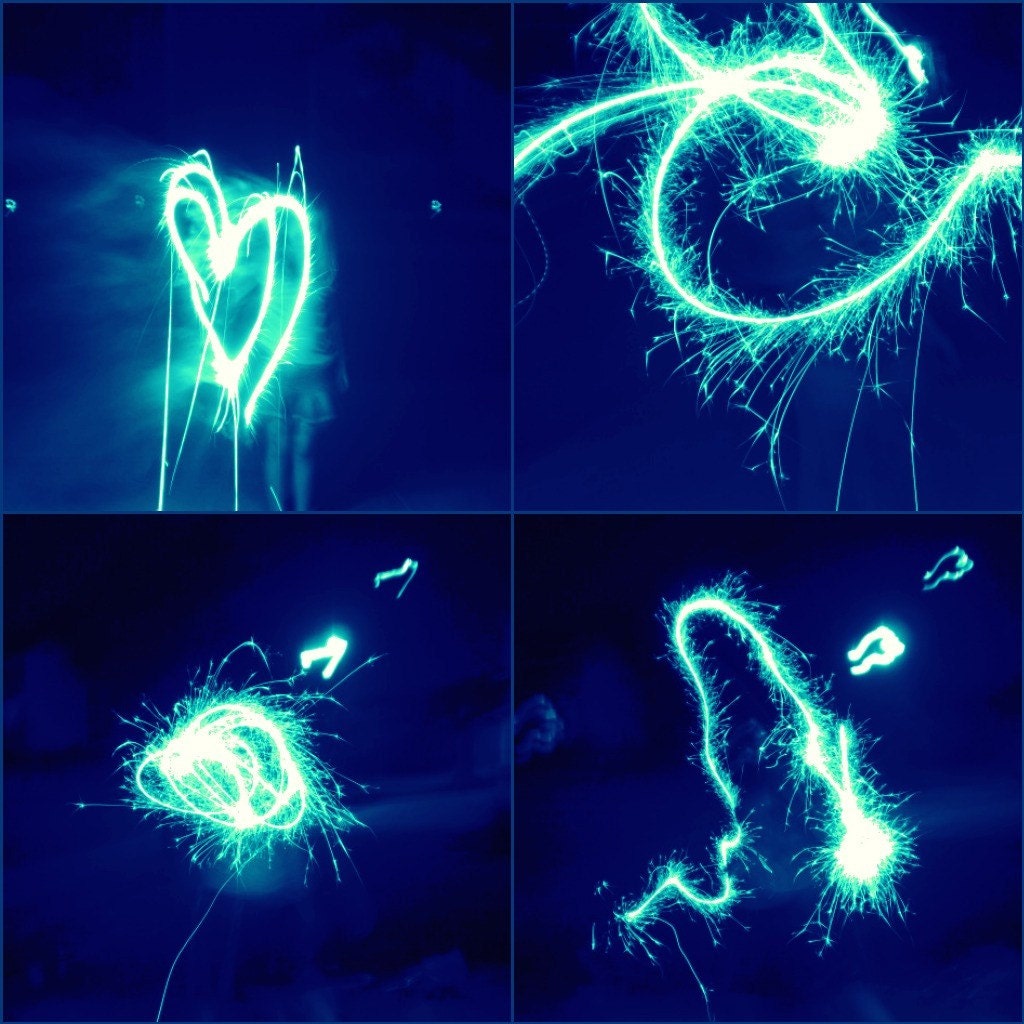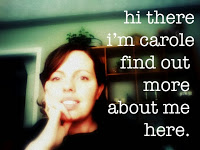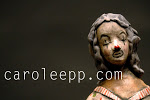by Carole Epp | Jan 5, 2011 | Uncategorized

I just ran across this project by Hella Jongerius on Designboom and I’m kind curious what others think about this color theory/glaze project.
Here’s a bit of the write up (more at Designboom)
“entitled ‘300 coloured vases’, the installation consists of three series of coloured vases in which the designer has experimented in colour, using the vessels as her ‘canvas’. the first two series are a collection of forty and forty-two vases respectively, each partially coated with paint from the industrial color ranges RAL (2003) and NCS (2007).
the third series has been produced in collaboration with glaze experts at royal tichelaar makkum.
whereas the first two series employ industrial paints, the third series uses a combination of
a hundred historical mineral recipes and a hundred modern chemical glaze recipes, which jongerius refers to as the ‘fast-food’ colours of the modern ceramics industry. these recipes include such ingredients as cadmium (red), iron (brown), selenium (yellow), copper (green), cobalt (blue) and manganese (purple). the glazes are applied to the vases in layers of patterns, which results in an optical blending – something like a pointillist style on porcelain.
these experimental combinations of colours and patterns and alteration in firing temperature results in new colours, which unlike industrial colours that appear flat, have an irregular, layered appearance.”

by Carole Epp | Jan 5, 2011 | Uncategorized
 I have procrastinated long enough. My excuse of being too busy during the pre-holiday season is no longer holding water. And, well, three years worth of junk collecting was likely enough. So today after dropping off the little guy for his first day of pre-school the time had arrived to start the studio clean up. I’ve got a show in April I desperately need to start working on, and frankly there wasn’t a spare flat surface anywhere.
I have procrastinated long enough. My excuse of being too busy during the pre-holiday season is no longer holding water. And, well, three years worth of junk collecting was likely enough. So today after dropping off the little guy for his first day of pre-school the time had arrived to start the studio clean up. I’ve got a show in April I desperately need to start working on, and frankly there wasn’t a spare flat surface anywhere.
I should have taken a before photo, but forgot. In the end it was likely for the best since they make reality shows about people like me. They are called hoarders and intervention. Seriously who collects that much packing material?
So here’s some photos to prove I did do some work today in an attempt to live up to my resolution.
 Okay, well that first one is of a corner of the space I hadn’t gotten to yet…(don’t judge me please…)
Okay, well that first one is of a corner of the space I hadn’t gotten to yet…(don’t judge me please…)
 I did clean out a whole other corner of the studio to house my new (extremely old second hand) kiln. Hopefully I can get the electrical up and running soon. Many pennies to be saved for that one. We need to do an electrical upgrade to the whole house to accomplish this. In the meantime I can gaze at the kiln’s beauty and potential…
I did clean out a whole other corner of the studio to house my new (extremely old second hand) kiln. Hopefully I can get the electrical up and running soon. Many pennies to be saved for that one. We need to do an electrical upgrade to the whole house to accomplish this. In the meantime I can gaze at the kiln’s beauty and potential…
 I also cleaned up an old shelf of my husband’s motorbike mess to store my growing mold collection. Again so much possibility…
I also cleaned up an old shelf of my husband’s motorbike mess to store my growing mold collection. Again so much possibility…
Oh and last but not least my company today, charming as always, but with his own potential. Potential for mass destruction.

by Carole Epp | Jan 3, 2011 | Uncategorized
 The following is via paulsoldner.blogspot.com
The following is via paulsoldner.blogspot.com
“Paul Soldner, artist and innovator in the field of ceramic art, passed away at the age of 89, at his winter home in Claremont, California, on January 3rd, 2011. His life was one of vision, inspiration and teaching. As a professor at Scripps College and Claremont Graduate University, and through workshops he conducted around the world, he influenced generations of ceramic art students who found in Soldner an artist who was both internationally acclaimed and personally accessible, a teacher who taught not by rule, but by example.
There are those artists who are born into a solid, well-ordered artistic tradition, and create entirely within it. Others deny tradition and work as idiosyncratically as they please. A few, the giants, go on to dominate the tradition they helped bring into being. Paul Soldner was one of these.
Accepted as a major force in the evolution of contemporary ceramic art, Soldner’s career was punctuated by important innovations since the mid 1950s. He is best known as the father of “American Raku” and for his innovation of “low-temperature salt fuming.”

It was Soldner’s openness to the creative accident that led him to the “discovery” of American Raku. “He was invited to demonstrate at a crafts fair in 1960. Using Bernard Leach’s A Potter’s Book, as a guide for traditional Raku, a Japanese technique developed in the 16th century, he set up a simple kiln and improvised a few lead-based glazes. The initial results were disappointing but his fascination with Raku persisted, and Soldner continued to experiment [originating post-fire smoking artwork, now known as American Raku]. He gradually discovered he was more interested in Raku as an aesthetic than as a tradition. This attitude resulted in a much more playful approach to form, scale, function, and material.” (Garth Clark)
As Paul often said, “In the spirit of Raku, there is the necessity to embrace the element of surprise. There can be no fear of losing what was once planned and there must be an urge to grow along with the discovery of the unknown. Make no demands, expect nothing, follow no absolute plan, be secure in change, learn to accept another solution and, finally, prefer to gamble on your own intuition.”

Born in Summerfield, Illinois on April 24, 1921, Soldner hadn’t planned to be an artist: he started out as a pre-med student, then enlisted into the Army Medical Corps as a conscientious objector, serving with Patton’s 3rd Army at the Battle of the Bulge. His unit was one of the first to encounter concentration camp survivors fleeing the infamous Mauthausen Concentration Camp in Austria as the camp was liberated. Confronting the horror of the Holocaust face-to-face eventually ignited in Soldner a passion to create beauty through art. He started with an interest in photography, but at the age of 33, Soldner decided to become a potter. He headed for the Los Angeles County Art Institute, and became Peter Voulkos’s first student, earning an MFA in 1956.
At Otis, Soldner explored creating monumental “floor pots,” or sculptures, which stood up to eight feet in height, often with expressionistically painted areas on the forms. It was also at Otis that he designed and ultimately began the manufacture of the Soldner potters wheels and clay mixers that became Soldner Pottery Equipment Inc.
In 1957, Soldner began teaching at Scripps College and the Claremont Graduate University, in addition to curating the now famous Scripps Ceramic Annual exhibition for 37 years.
Throughout his career, Soldner’s artwork often mirrored contemporary issues and ideas expressed by using culturally familiar shapes impressed on three-dimensional sculptures or on two-dimensional wallpieces. Soldner’s artwork has been collected by major museums worldwide and exhibited in the United States, Europe, Canada, Latvia, Japan, Taiwan, Korea, and Australia.
In 1957, Soldner and his wife, Ginny, began building their home and studio by hand in Aspen, Colorado. The principle that architecture should improve with age directed his designs. To that end, he used rocks and wood native to the area. The Soldner compound was one of the first in the area to acknowledge environmental concerns by using the sun’s energy with solar power for heating. In the 1960s, while living in Aspen, he co-founded Anderson Ranch Arts Center in Snowmass Village, Colorado.
Paul had a passion for life and enjoyed the pleasures of living, including making his own wine and jewelry, growing bonsai, and designing hot tubs for himself and friends.
He wrote numerous articles and two books, Nothing to Hide, and Kilns and Their Construction. Soldner has been the subject of three documentary films and is listed in Marquis Who’s Who in America, American Art, and the World.
Paul Soldner leaves behind his daughter Stephanie Soldner Sullivan, his son-in-law Garrett Sullivan, grandchildren Colin and Madelyn Sullivan; and his sister Louise Farling. “
In lieu of flowers, please consider contributing to:
The Paul Soldner Endowment at Scripps College
1030 Columbia Avenue
Claremont, CA 91711
or
Paul and Ginny Soldner Scholarship Fund at Anderson Ranch Art Center
PO Box 5598
Snowmass, CO 81615
For more information on Paul Soldner and his work visit his website here.
by Carole Epp | Jan 2, 2011 | Uncategorized
Emmanuel College, located in Boston, Massachusetts, is now accepting applications for the 2011 Summer Artist Residency Program. Approximate date of residency – mid. June to mid. August. Please apply to one of the following categories: Ceramics, Photography, Printmaking, or Social Justice (any media related in some way to issues of social justice.) Up to a $2000 stipend is provided for all travel and residency costs.
Artists have 24-hour access to studios and are provided with on campus living quarters and a small, shared kitchen. Artists are responsible for their meals. All artists are required to donate one piece of artwork to the college’s art collection at the end of the residency.
Resident artists will participate in Contemporary Art and Artistic Practice, an art history course offered to students during the summer residency. Artists will be required to devote three hours of a mutually agreed upon time to discussions about their own artistic practice with students enrolled in this course. The course focuses on the theories and methodologies that inform current contemporary art trends as they relate to the four Emmanuel College artists in residence.
Also, all artists are required give an on campus demo/lecture of their work to Emmanuel students during the 2011-2012 academic year. The date will be coordinated with the faculty member in each area. Artists are responsible for their travel and lodging during this visit.
A visa is required for international artists. Emmanuel College will support a J1 visa for international artists.
Application deadline Feb 1st
Notification by March 1st
Application requirements:
• Letter of intent: please describe your plan for your time at the residency
• 20 digital images of work (jpeg 150 dpi about 10?x6?)
• Artist statement
• C.V.
• *Please note: We cannot confirm receipt of your application. Please obtain delivery confirmation through the delivery provider. Application materials will not be returned.
Mail your application to: Megumi Naitoh Associate Professor of Art Mailbox F113 Emmanuel College 400 The Fenway Boston, MA 02115 For more information, studio information, and application requirements: http://www.emmanuel.edu/Departments/Art/Artists_Residency_Program.html
by Carole Epp | Jan 2, 2011 | Uncategorized
This year I will:
work harder to make what I do resemble a career
spend less, make more
make without fear
challenge everything i think about my work
push my boundaries
get outside my box
do more glaze tests
buy more handmade
consider more layers. in work and in content
find the elusive colors i seek
make tangible the thoughts in my head
become inspired by more artists
try to make inspiring work
try to find more confidence about my work
apply for more shows
learn to say no to the things that just absorb my time in non productive ways
check my email only once a day rather than countless
give more back
learn new skills
travel more
meet more artists face to face
write again
soda fire again
take more pictures
smile more
appreciate more
and clean my studio
here’s to looking forward to another amazing year at musing about mud
thank you all for being here with me.
i do hope you’ll continue to (or start to for those that have been quiet) share your work and life and community with me.
xoxoxo


















